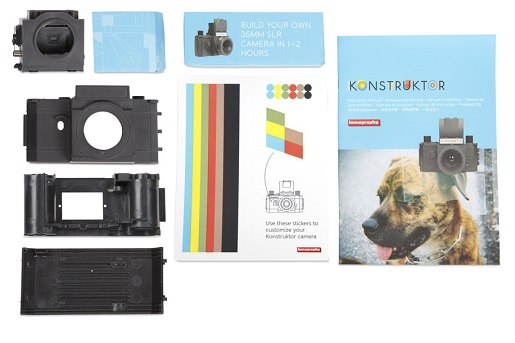
I usually start with a head and shoulders silhouette, but once you gain confidence you can try anything. This tutorial will show you how to achieve this effect with the Canon EOS 5D Mark III.

Others are the Canon EOS 1D X, and 70D most Nikon DSLRs Fujifilm’s X-Pro1 and X100s and the Olympus OM-D E-M5. I use a Canon EOS 5D Mark III and this camera is one of the few that can do double exposures in camera.

But as with anything, once you understand the premise you can start bending the rules and creating your own unique exposures. This is a pretty good place to start when first dabbling with double exposures. The dark areas are made lighter by the second exposure. It therefore makes sense that if you were to take a picture with a large area of darkness (which shows as lighter areas on film) there is potential for you to add more light, and that is where the magic of double exposures comes about. Then when the film is processed it inverts to become white or overexposed. With traditional film, light hits the film and it turns darker the more light it gets, so an overexposed piece of film looks black. In order to make the most of it in digital photography you need to understand a little about the mechanics of it all. I remember doing this myself back in the days of film and thinking it was pretty darn cool. It was discovered pretty much by accident, when a photographer accidentally took a second exposure over the first.

Double exposure is not a new idea by any means and is almost as old as photography itself.


 0 kommentar(er)
0 kommentar(er)
